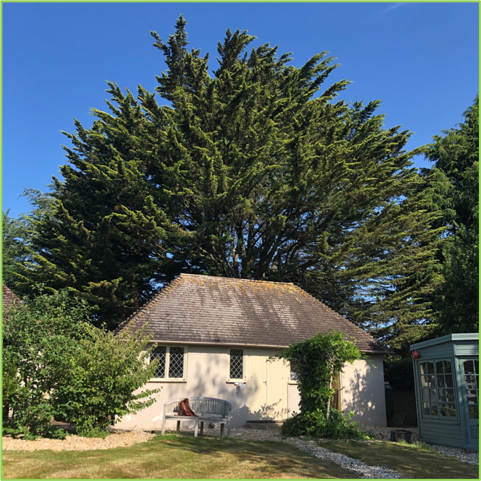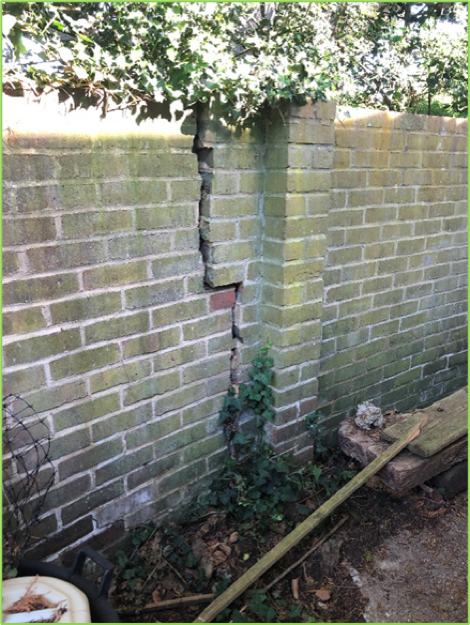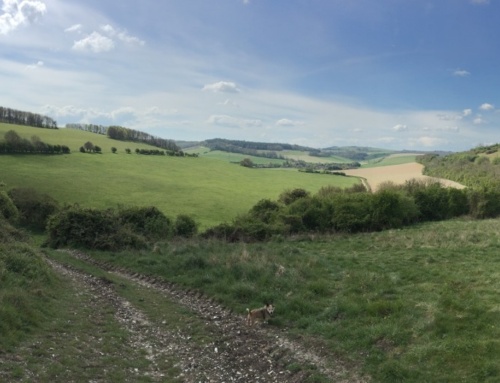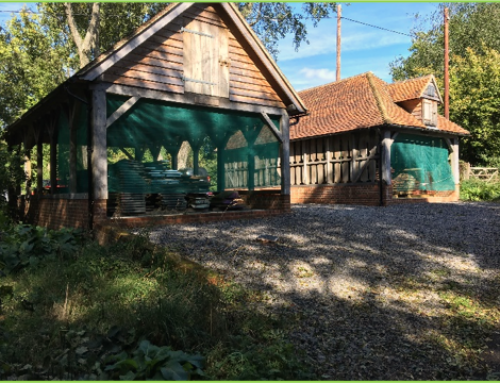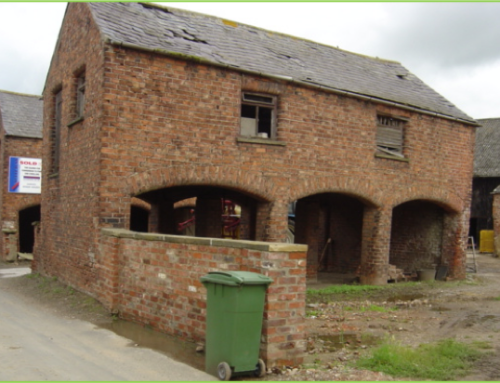Many instructions require several areas of expertise to unpick the problem presented by the client. They take careful thought, research and a detailed understanding of the legal, physical and human issues involved. Boundary trees are a prime example.
Whether living in cities or leafy villages, we all value the trees that create character, cast shade and soften the hard environments of built up areas. The trees also clean the air, seal in carbon and exhale oxygen. However, the wrong tree in the wrong place can cause stress, disputes and damage property.
Trees are usually owned by the person on whose land they grow. Roots, bough, branches, leaves and fruit all belong to the owner of the tree. When the roots and branches grow over the boundary, they do not become the property of the neighbour and neither do they acquire an easement. Therefore, they are not there by trespass or occupation, which can gain a right, but by legal nuisance. Ref Gale on Easements
Extensive case law has considered nuisance, many cases involving issues caused by trees.
From case law there are three kinds of Private Nuisance:
- nuisance by encroachment on a neighbour’s land;
- nuisance by direct physical injury to a neighbour’s land or
- nuisance by interference with a neighbour’s quiet enjoyment of his land.
The English Courts have held that:
“it must be taken to be established law that, if trees encroach, whether by branches or roots, and cause damage, an action for nuisance will lie.”
Other cases have gone on to say:
“once it is established that encroachment by roots is a nuisance, it must follow that, if damage is thereby caused, an action on the case will lie.”
The law has been clarified:
“…that the duty arising from a nuisance which is not brought about by a human agency does not arise unless and until the defendant has, or ought to have had knowledge of the existence of the defect and the danger thereby created.”
“The duty is a duty to do that which is reasonable in all circumstances, and no more than what, if anything, is reasonable, to prevent or minimise the known risk of damage or injury to one’s neighbour or to his property.
The considerations with which the law is familiar are all to be taken into account in deciding whether there has been a breach of duty and, if so, what that is, and whether it is causative of the damage in respect of which the claim is made.”
From the case law and standard texts on boundary trees there are four tests to assess whether a claim is likely to stand.
- Have the roots, boughs or foliage of the neighbour’s tree caused harm to a neighbour’s structures?
- Was that harm reasonably foreseeable?
- Were there any practical measures that could have been taken to avoid or minimise the harm and its consequences?
- Was it reasonable to take the steps that were actually taken?
Proximity, soil type, tree species, method of construction and use of the area affected; must all be considered when trees are encroaching across boundaries, to assess the liabilities of the parties.
In a recent case, Skinner Holden Property Advisors provided a report to a property owner who had been concerned about a tree for over 10 years. The neighbour ignored her concerns. He even commissioned a poorly written report and quotation from an Arboriculturalist, which suggested that the tree could be felled if she paid the bill. The day after the client delivered a copy of our report to him, he popped round for a chat. Two months later the tree was removed.
If you or a client have a dispute over a boundary tree, please feel free to call Skinner Holden Property Advisors to discuss your requirements. The effect will not always be so dramatic, but we will promise to lay out the relevant issues comprehensively, in plain English, enabling all parties to understand the implications of their actions.
iainskinner@skinnerholden.co.uk
07827 394720

